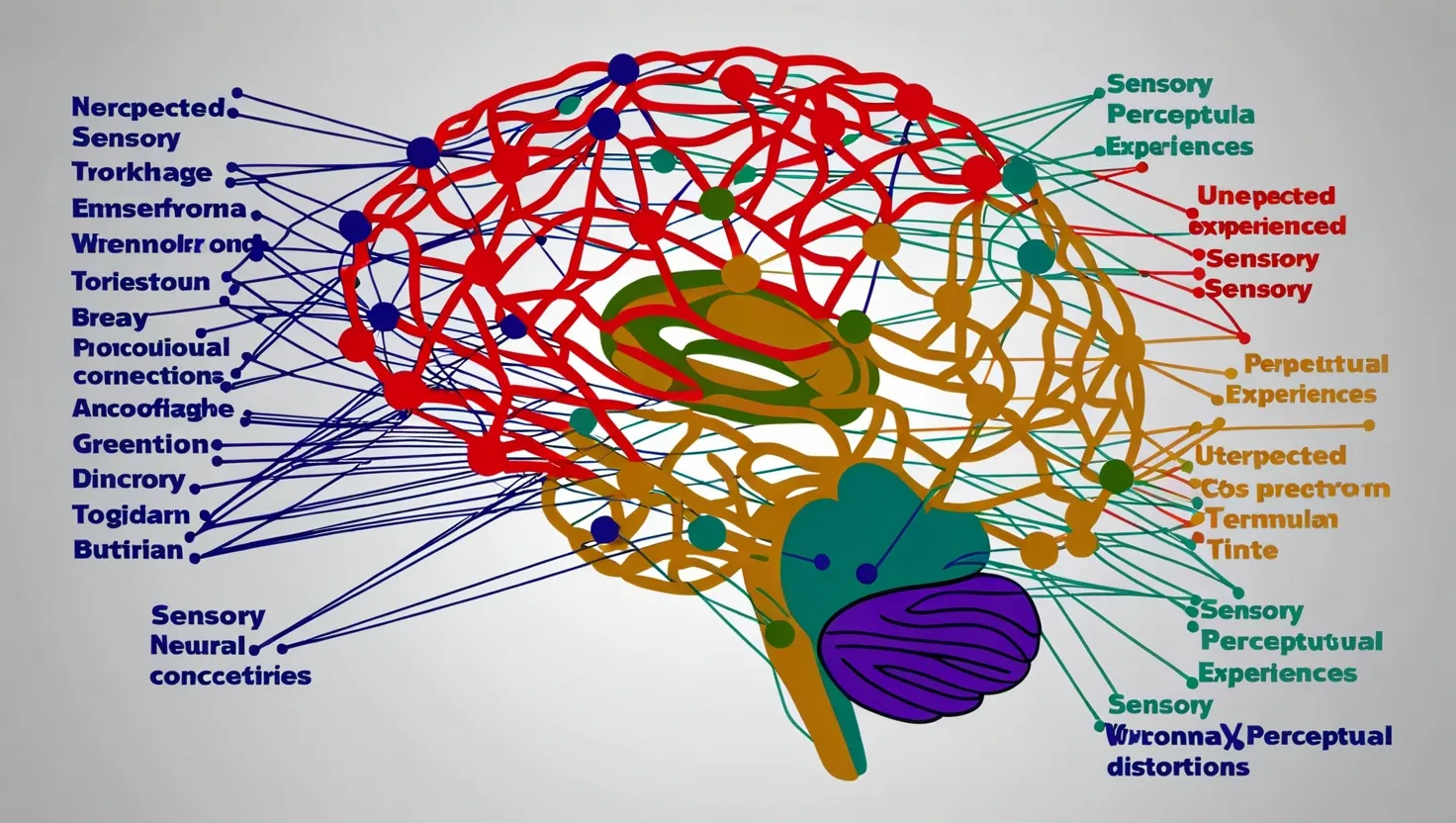We’ve come a long way from a burning lump of rock and dust to a blue-green planet teeming with life. Right now, there are no humans yet, but you can spot fish, plants, and yes, dragonflies. But not just any dragonflies—these are the size of eagles! Meet the giant called Meganeura. What once were legs have evolved into wings, which extends the dragonfly’s hunting territory over a vast area.
Look down, and you’ll see millipedes, spiders, and all sorts of bugs. These creatures are called arthropods, and they were among the first to set foot on land. They’ve been around for hundreds of millions of years. They look almost identical to the bugs that invade our homes today, with one major difference: they’re huge. Imagine millipedes nearly 2 meters long and scorpions the size of wolves. It’s like we’ve stumbled into a lost world of giants.
Back then, the atmosphere had a lot more oxygen, which made the respiratory systems of these creatures more efficient and allowed their bodies to grow larger.
Enter a lizard-like creature called Hylonomus. Unlike the others, which laid their eggs in the water, Hylonomus had a game-changing adaptation. Its eggs contained all the water and nutrients the developing creature needed, essentially creating a self-contained pond. This was a major evolutionary breakthrough. Thanks to these eggs, animals no longer needed to stay near water and could start to conquer the land.
The baby Hylonomus represents a new kind of creature—a reptile. And with it, the advance onto the land begins in earnest. Welcome to the dawn of a new era in Earth’s history.






